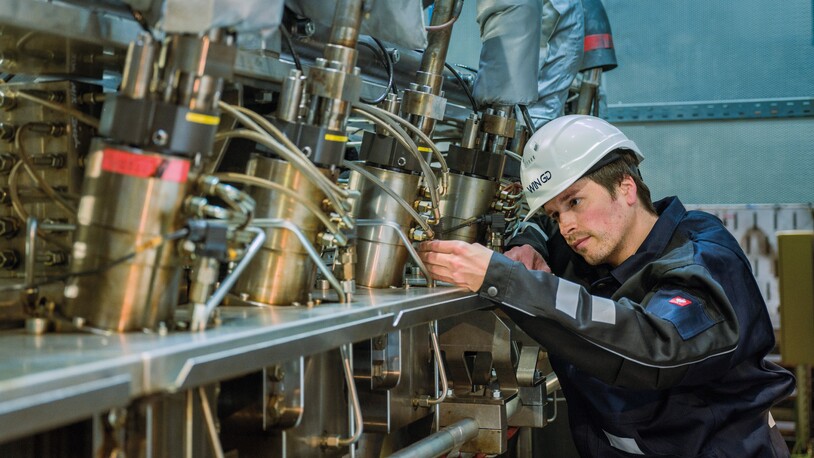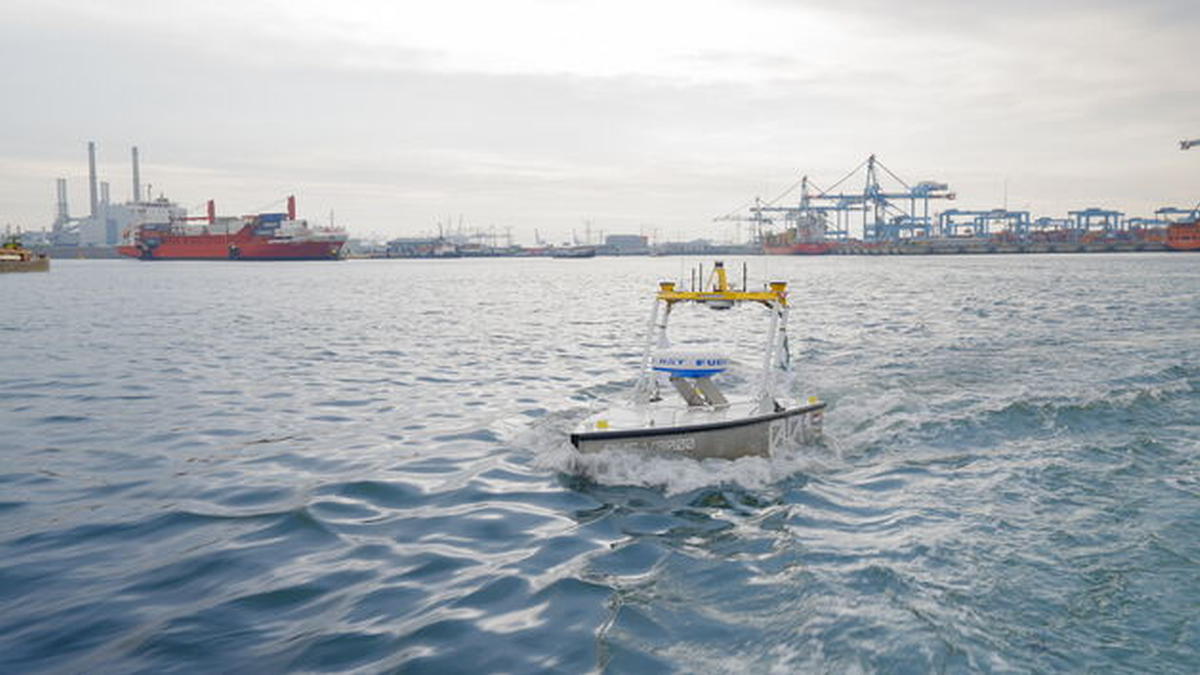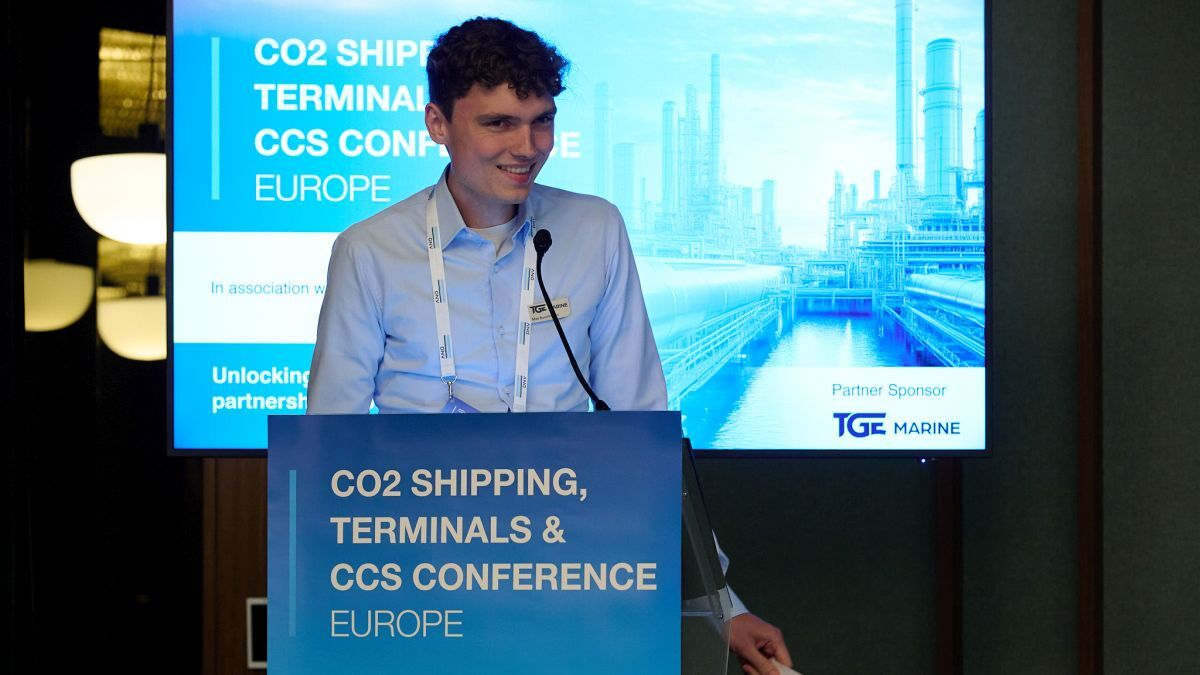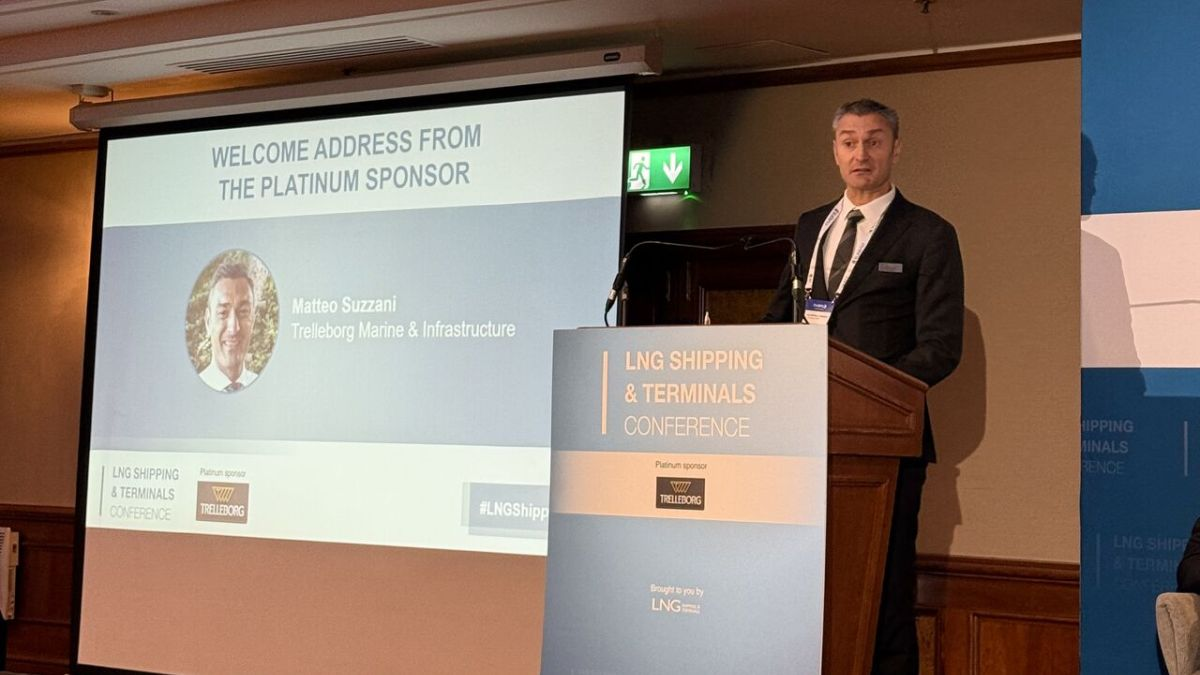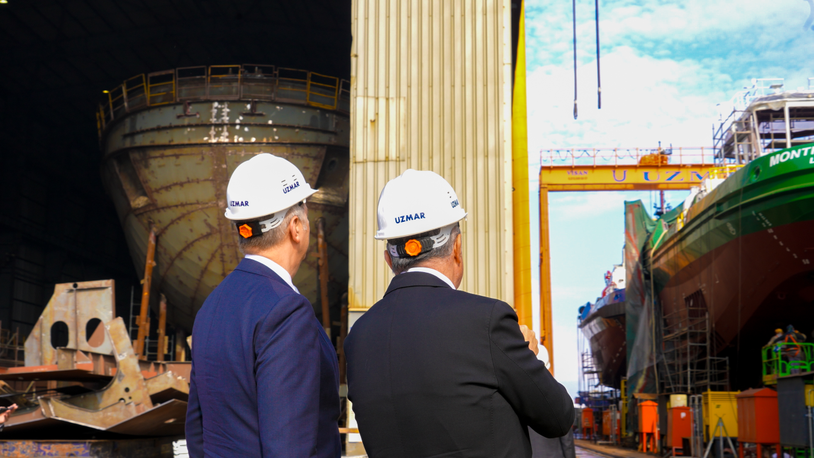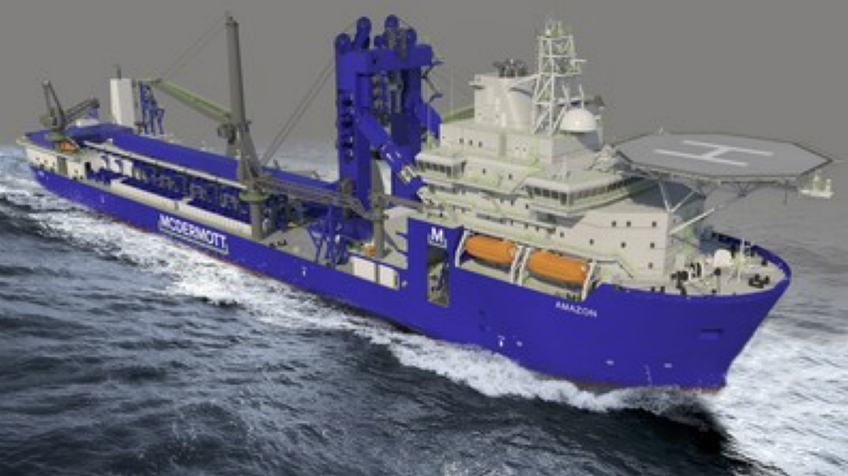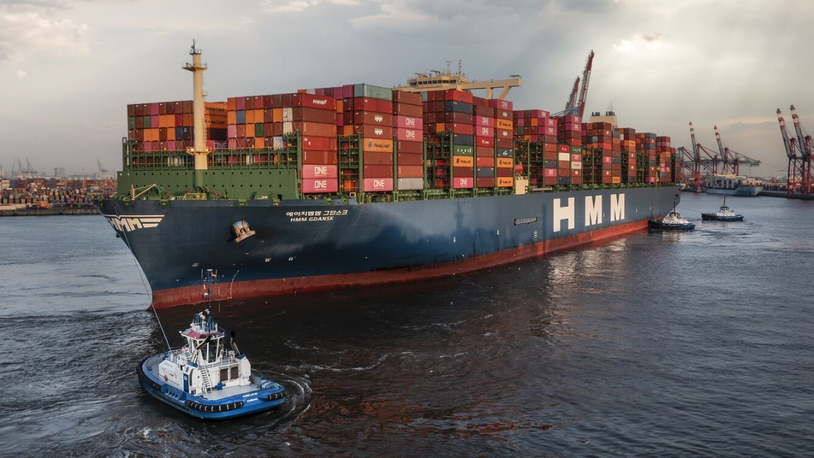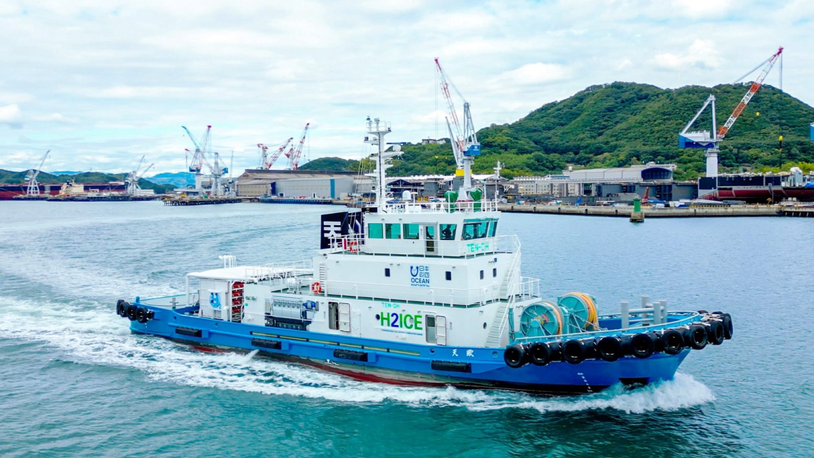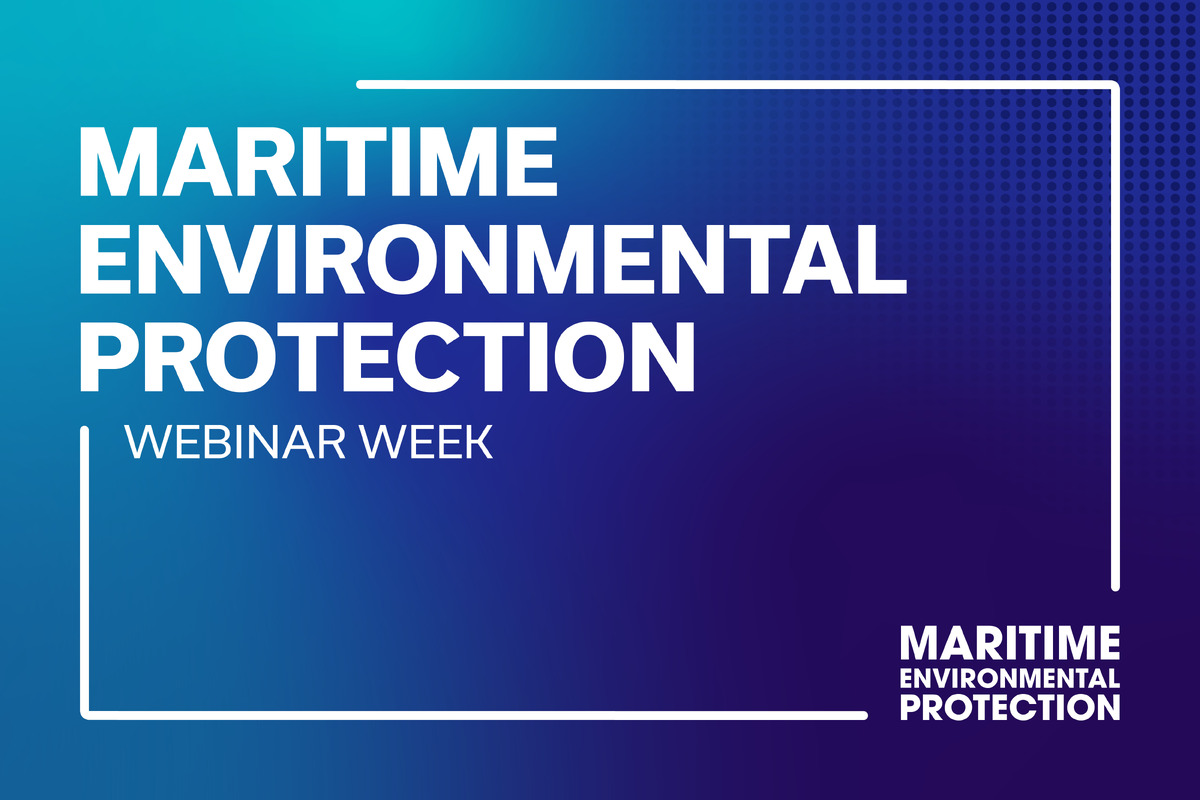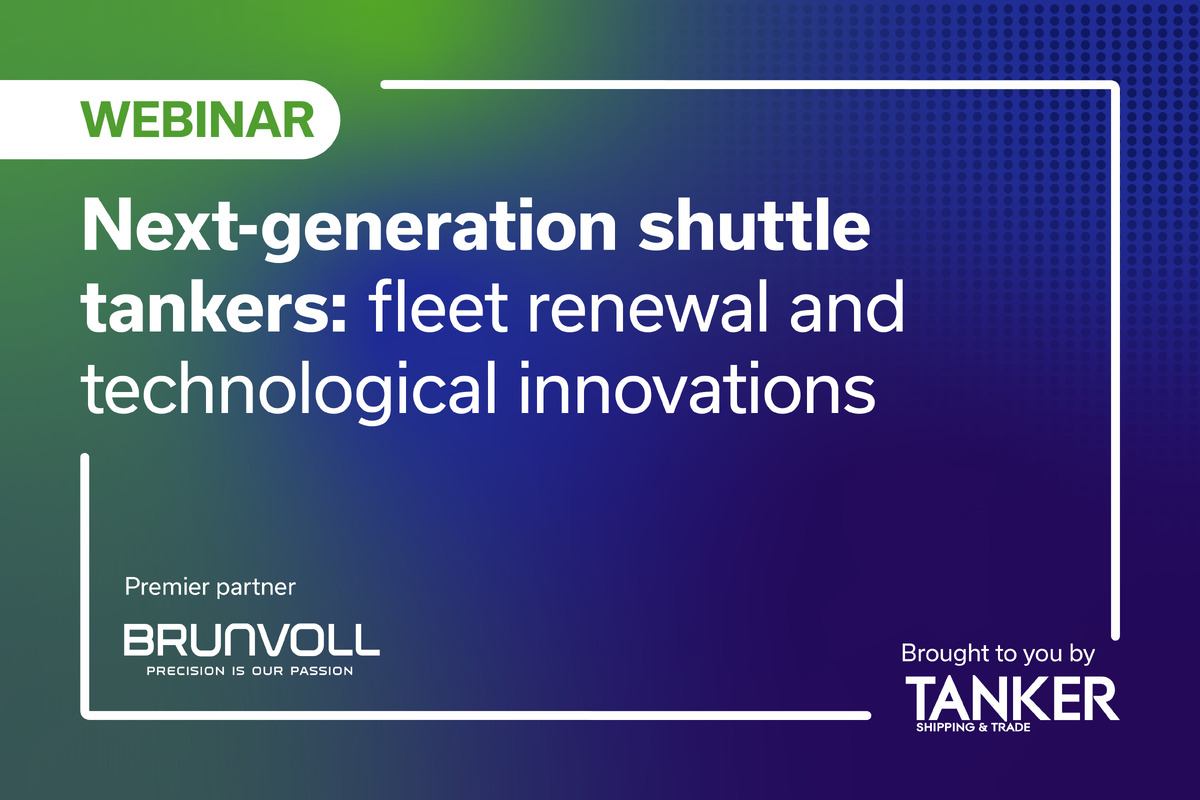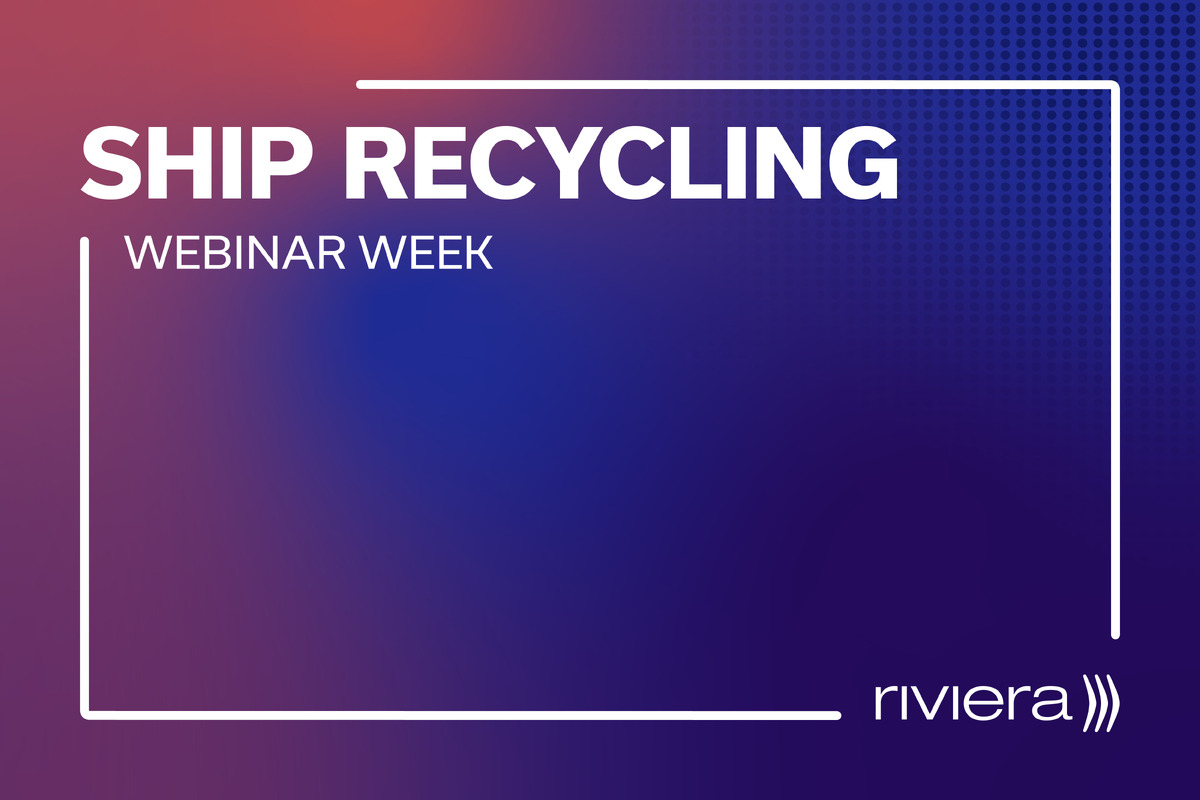Business Sectors
Events
Marine Coatings Webinar Week
Contents
Register to read more articles.
USVs set to join Rotterdam port fleet
Autonomous surface vessels will join fleets operating in harbours in Europe for a wide range of applications
While the first unmanned surface vessels (USVs) are being used in defence and survey applications, further development and trials will enable their greater use in ports.
These vessels use artificial intelligence (AI) to navigate or can be remotely navigated in harbours and along coastlines to meet work requirements that would be otherwise carried out by manned workboats.
Their deployment is being held back by local regulations and safety concerns, which recent trials hope to alleviate. The latest trial was carried out in a harbour in the Port of Rotterdam in early October, when a Demcon V3000, 3-m USV sailed autonomously under the supervision of a crewed vessel from the authority.
Following this trial, the Port of Rotterdam Authority has included USVs in its fleet renewal plans for continuous harbour services while reducing emissions and the risk to personnel.
Over the next 12 years, the authority’s vessels will reach the end of their technical service life, so it plans to renew its entire fleet with a focus on enhancing sustainability and standardising maintenance processes.
“During the fleet renewal process, we are exploring various options that will help us even better fulfil our tasks in the port of Rotterdam,” says Port of Rotterdam Authority harbour master Rene de Vries. “Unmanned vessels could complement our current surface vessels.”
The trial in Prinses Margriethaven on Maasvlakte 2 with a V3000 vessel took place after the Dutch inland navigation regulator Binnenvaartpolitiereglement (BPR) changed the law, which required vessels to be crewed at all times, in April 2025 enabling USVs to operate through rule exemptions under certain conditions.
“Autonomous sailing has not yet been implemented on Dutch waterways,” says Mr de Vries, who obtained an exemption for this trial. “It is encouraging we can now accommodate such initiatives with an exemption from the BPR.”
One application is to survey the depth of harbours, rivers, canals and locks and the Port of Rotterdam Authority is considering using a USV to do this across Maasvlakte 2.
“Integrating unmanned surface vessels into our hydrographic processes can offer advantages in large port areas, which take a lot of time to measure due to their size,” says Port of Rotterdam Authority asset manager Willem Snoek.
“We explored this during the trial. In addition, we looked at the potential impact on the crew of conventional surface vessels and how we might deploy unmanned surface vessels in the future.”
During Q4 2025 and into 2026, the authority and Demcon will analyse the information gained during the V3000 trial, including whether the vessel’s automation and autonomous
navigation ensured the USV can operate independently and safely, and the accuracy of its depth measurements.
In the south of England, South Devon College and BMT demonstrated the use of a zero-emissions USV for harbour applications including a vessel deployment, recovery, recharging and retasking unit. It upgraded one of the college’s training vessels and integrated BMT’s Rembrandt vessel simulator with a remote operations centre (ROC) in south Devon.
This ROC and a solar-powered docking and replenishment station was deployed on the River Dart in September, where HydroSurv’s Reav-16 USV performed fully automated recovery and recharging using a mooring latch within the remotely monitored dock.
Integration between HydroSurv’s control software and the Rembrandt simulator allowed the USV to be launched and navigated via an interface traditionally used for crewed vessel training. By automating docking, charging and remote supervision, the system enables a small team to manage multiple missions from one facility without local on-water support.
Riviera’s next Vessel Optimisation Webinar Week will be held 23-24 October. Use this link for more information and to register for these webinars.
Related to this Story
Events
Marine Coatings Webinar Week
Maritime Environmental Protection Webinar Week
Ship Recycling Webinar Week
© 2024 Riviera Maritime Media Ltd.

